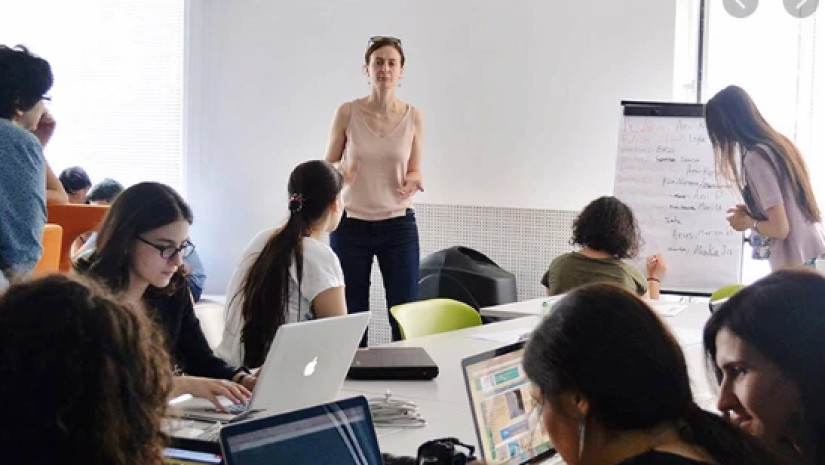Galt&Taggart published a report on Georgia’s education sector. According to the report, reforms implemented in Georgia’s education sector since the mid-2000s led to the financial and managerial autonomy of institutions, reinforced the institutional structure of the education system, eliminated corruption and expanded access to education. As a result:
• Government spending on education increased to 3.6% of GDP in 2019 from 2.8% in 2010
• School enrollment rates surpassed EU levels
• Hired employment and average salaries have positive dynamics
With limited public resources to offer high-quality education, the government created a favorable business environment for private education providers to fill the gap. As a result, Georgia has a greater prevalence of private education than its peers.
Despite these positive changes in the sector, most pupils in Georgia post below-average performance in international studies (TIMSS, PIRLS, PISA, etc.), and more importantly, the education system still fails to prepare market-responsive graduates:
• Every fourth of all 15 to 24 year-olds are not in employment, education, or training
• Young people are 2-2.5x times more likely to be unemployed than their parents
• Skills shortage is one of the most important challenges for employers
Recognizing existing problems, the government recently announced another wave of reforms in the education sector. State financing is aiming to reach 6% of GDP from 2022, far above the current 3.6%. The “new school model”, the professional development of teachers and increased accessibility and quality of vocational education are the focus areas of planned reforms, with the main goal being to increase human capital and respond to labour-market demand.
With the aim of sharing our understanding of the sector with investors, students and policy makers, in this report we offer our views on key trends, hurdles and opportunities in Georgia’s education sector. The report is split into five sections, starting with a general overview of the education industry, followed by a detailed analysis of education subsectors (general, VET and higher education) and finally, we analyse labour market outcomes and evaluate the economic return on education.











